Papaya, often erroneously cited as a tree, is actually a large shrub that reaches size of 5-15 ft (1.8 - 3 m) in the first year and 18 - 27 ft (6 to 9 m) tall in its maturity, with stems that are hollow green or deep purple. The stem and leaves of the papaya contain a milky white latex. The penagonal colors of papaya are fleshy and slightly sweet in flavor.
Usually papaya fruit is like melon, an oval, almost round or oblong, 6 - 19" (15 to 50 cm) long, and weighs up to 20 lb (9 kg). The skin of the papaya is waxy, thin, but very tough. While the fruit is still green and hard, it contains a large amount of white latex. When ripe, the skin becomes deep yellow and thick, inside the fruit becomes aromatic, yellow-orange in color, juicy and sweet.
Although the precise area of origin of the papaya is not known, it is believed that it originates from the tropical parts of America, namely southern Mexico and Central America. Known to be present in seeds of papaya in Panama and the Dominican Republic before 1525, from which it is distributed throughout South and Central America, southern Mexico, Bahamas and Bermuda in about 1616.
Spaniards carried seeds of papaya in the Philippines in 1550, and from there they reach the Malacca and India. Papaya seeds were sent from India to Naples in 1626. Papaya became known in almost all tropical regions of the Old World and the Pacific Islands. This fruit is transferred to Florida from the Bahamas. Today, the main commercial producers of papaya are Hawaii, tropical Africa, the Philippines, India, Ceylon and Australia, and a small-scale production in South Africa and Latin America.
Composition of papaya
Papaya is a source of iron and calcium, a good source of vitamins A, C and K, as well as an excellent source of vitamin C. Papaya has 30% more vitamin C and 50% more vitamin C than oranges. The fruit is an indispensable source of vitamin E, lutein and lycopene. Papaya contains folic and pantothenic acid, potassium and magnesium, and a large amount of fiber. A curious fact is that papaya contains more beta carotene than carrots.
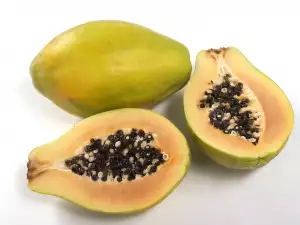
100 g papaya contains approximately 25 calories, very little protein and fat.
The latex present in immature fruit of papaya, contains the following enzymes: papain and chymopapain and papain is twice as potent.
Selecting and storing papaya
Most often papaya is sold in a fresh or canned form. Its maturity can be judged on the skin. Fruits that have yellow-green skin, or it is still green and they do not show the typical taste of papaya. Pink and red papaya is ripe and should be consumed a day or two after purchase, because then it will already start over- ripening.
Soft outer skin of the fruit is a sign of spoiled rotten places and papaya, while black spots and striations are not a problem for the taste.
The cut papaya breaks down relatively quickly, so we recommend you chop just enough to eat. In closed condition, the fruit can be kept up to 2-3 weeks in a cool dark room, but only if it's still green. In the refrigerator, you can keep it for a week, placed into a bag with holes.
Papaya in cooking
Ripe papaya is most commonly consumed fresh, peeled, with the seeds removed, and served cut into half or quarter of lime or lemon. Juices and nectars of papaya can be prepared from peeled or unpeeled fruit and are sold in bottles, fresh or canned. Under-ripe papaya is never be eaten raw, as it has a high content of latex.
Young leaves of papaya are eaten cooked and prepared much like spinach in some areas. The leaves of papyata are generally bitter, and should therefore be cooked, the water is changed in order to eliminate most of the bitterness.
Boiled papaya is a component of salads with meat and lemon, as well as a garnish for fish and meat, baked papaya is used as a garnish. Papaya combines well with lemongrass and lemon, green olives and avocado.

Composition of papaya
In India, the seeds of papaya are sometimes used as a substitute for whole grains of pepper. Scientists have identified 18 amino acids in the seeds of papaya.
One of the best known applications of papain in commercial products on the market that can make the meat more tender. Papain has many other practical applications. This is used for the clarification of beer, and also for the treatment of wool and silk, before dyeing, and as additive in the rubber industry. It is also used as an ingredient in toothpaste, cosmetics and detergents, and pharmaceuticals.
Papain helps in the treatment of ulcers, dissolves membranes of diphtheria, reduces edema, elevated temperature, and helps the healing of wounds after surgery.
Papaya has an antibiotic effect. Studies have revealed that extracts of ripe and unripe papaya, as well as its seeds are active against positive bacteria. Strong doses are also effective against negative bacteria. Papaya reduces the risk of liver disease.
Damage from papaya
Papayas have highly allergic effects. It is possible that you have skin irritation due to the action of the latex, which is contained in fresh papaya or undercooked meat that is treated with papain. Also pollen from flowers of papaya cause severe respiratory reactions in sensitive people. Then these people react to contact with any part of the papaya plant, and also in the consumption of mature papaya, or food containing papaya and meat treated with papain.
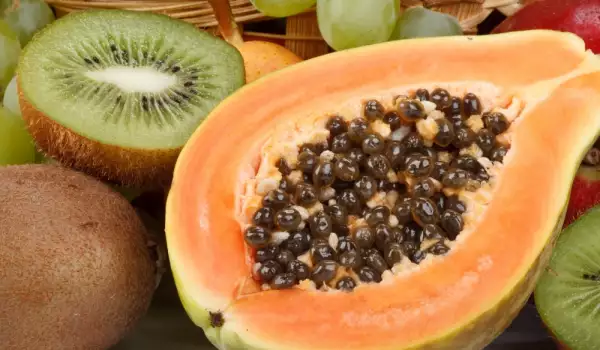
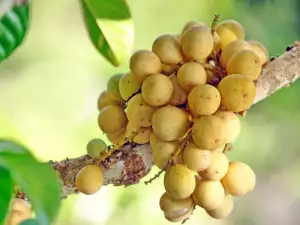


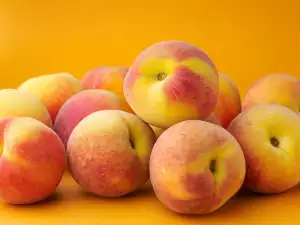
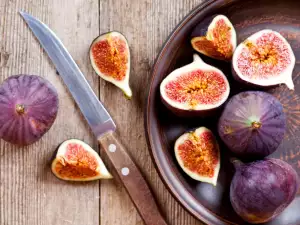

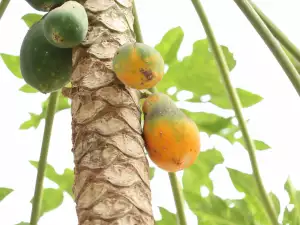
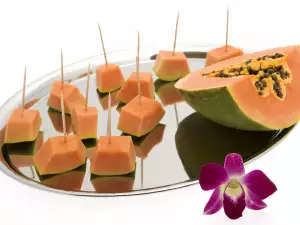
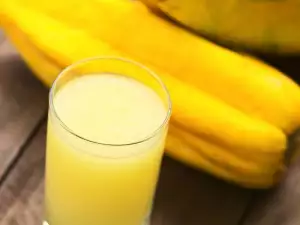
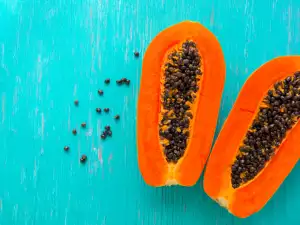
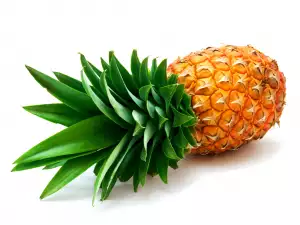

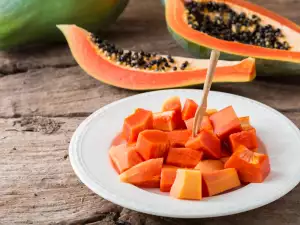




Comments